34 Plantation Economy and Politics
In 1827, a visitor to Charleston, South Carolina, took notice of “mountains of Cotton” piled on the wharf as he stepped off his boat. As he ambled around the city, it seemed that everyone spoke only of “Cotton! Cotton!! Cotton!!!” His trip through Georgia, Alabama and Louisiana revealed numerous cotton fields and slave owners forcing large gangs of slaves to walk towards potential cotton plantations along the Mississippi River. Upon his arrival in Nashville, he encountered yet more cotton piled high on wagons, steamboats, flatboats, and schooners awaiting transportation to New Orleans. At the conclusion of his trip, the traveler joked that he had been “seeing, hearing, and dreaming of nothing but cotton.”
While the traveler’s observations reflected the importance of the fleecy staple to the South’s economy and society in 1827, the United States produced relatively little of the staple crop in the nation’s early years. In 1793, southerners produced only about 10,000 bales of cotton. A combination of factors, including an improved cotton gin, better machinery to spin the fiber into thread, and the ability of steamboats to haul thousands of cotton bales (each of which was about the size and weight of a modern refrigerator), unleashed the crop’s potential. By the time Abraham Lincoln was elected president, southerners had sold nearly 4.5 million bales and cotton made up 60 percent of all American exports.
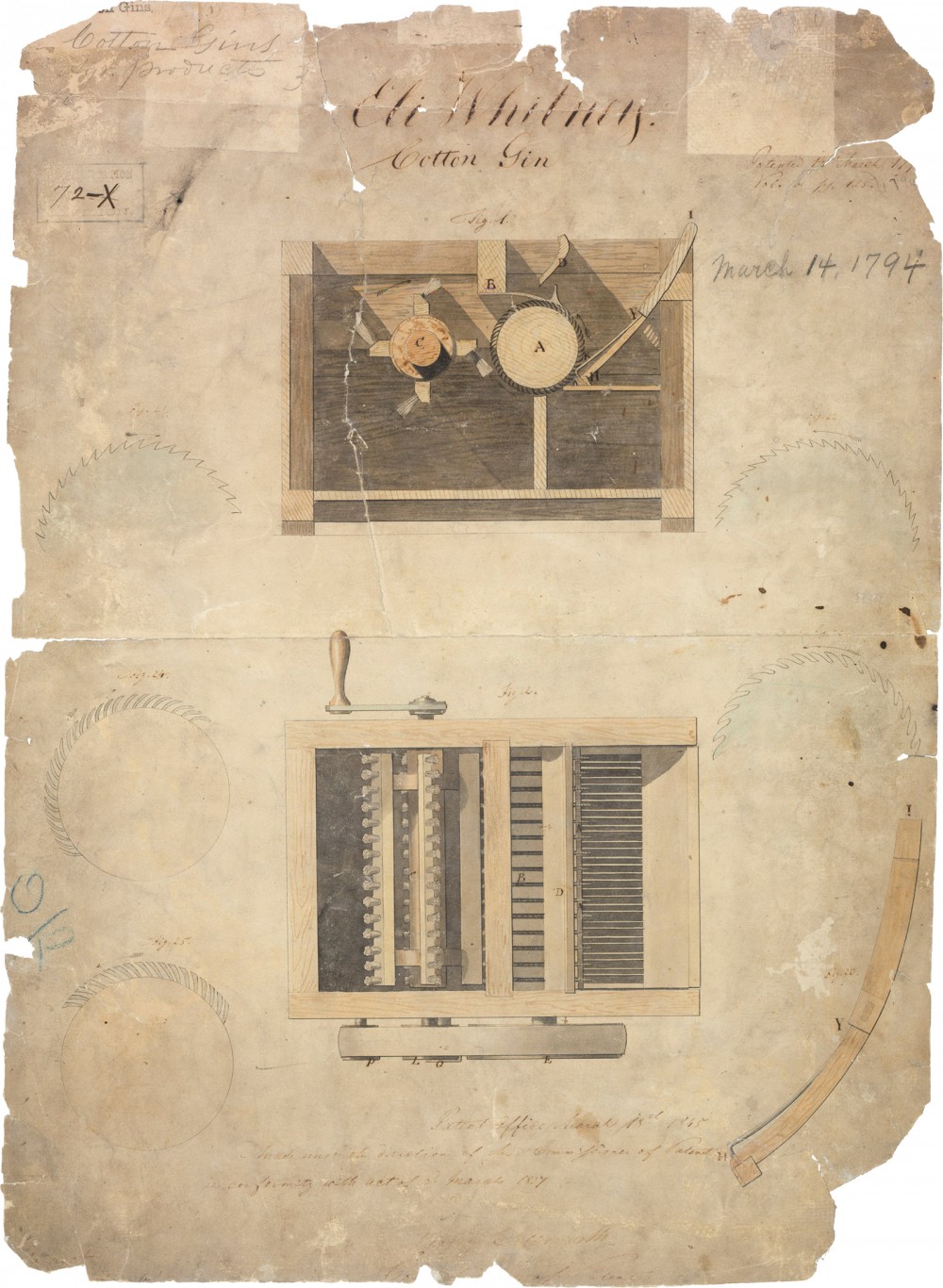
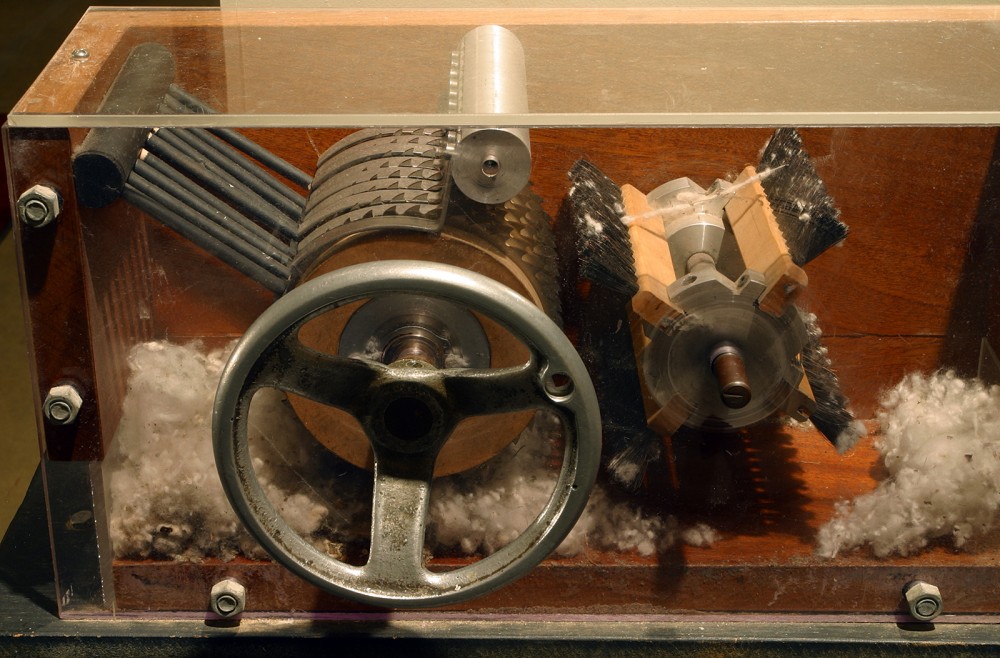
As cotton production soared, it fueled demand for the fertile lands stretching from northern Georgia westward to the Mississippi River termed the “black belt.” The “black belt” described both the color of the rich soil and the physical appearance of the slaves who worked the land. Cotton helped ignite industrial revolutions in England and the United States, provided profits to northern banks and insurance companies, nourished international trade networks, and brought affluence to southern planters. Like oil today, cotton was the world’s most valuable commodity.
Efforts to spread cotton culture to Tennessee, Mississippi, Alabama, and Florida wreaked untold havoc on Native Americans landholders. Whites pressured the federal government to drive out the Native Americans. The United States army forcibly removed and exiled over 60,000 Choctaws, Creeks, Chickasaws, Seminoles, and Cherokees to “Indian Territory” in Oklahoma. The spread of the cotton kingdom also fueled expansionist desires. White southerners settled lands in Mexico, which would later become Texas, hoping to spread cotton cultivation as far as present-day Arizona and New Mexico. Southerners also pressured the federal government to acquire land in the Caribbean so that slavery and cotton production could flourish there as well.
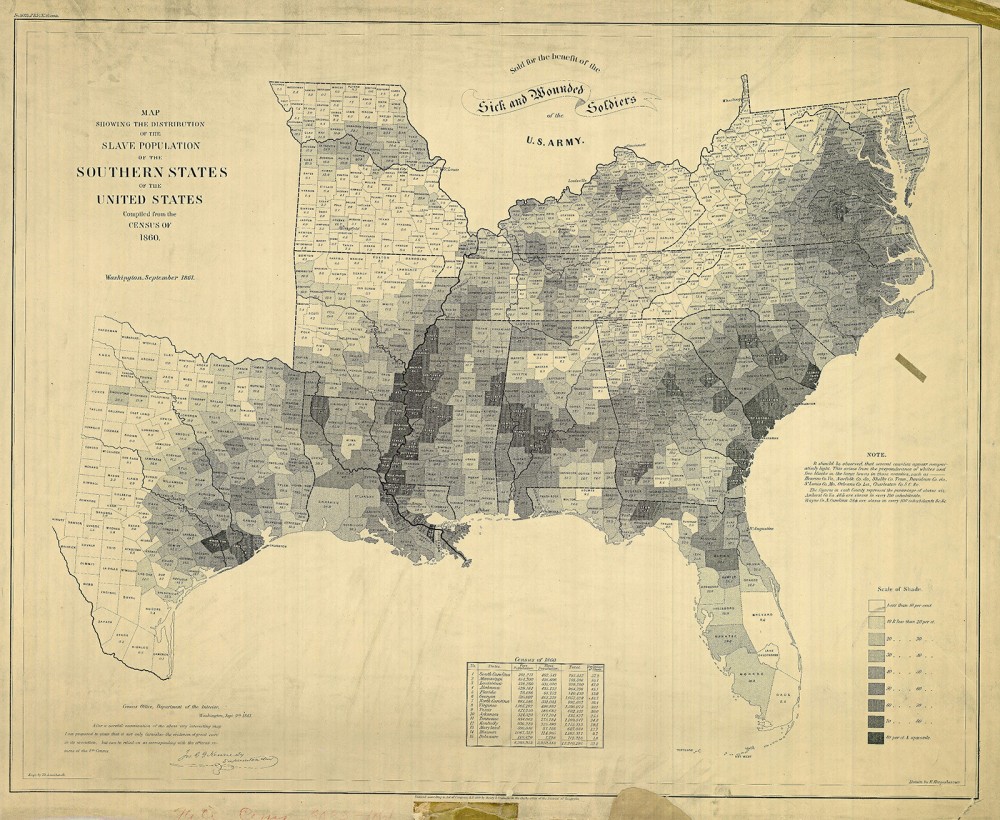
As the cotton industry continued to develop, the need for laborers increased. This demand was met with a forced migration of slaves, one of the largest in American history. In this “second middle passage,” occuring between 1790 and 1860, planters and slave traders forced over one million African Americans to travel from the Chesapeake region to the emerging Southwest. These slaves labored under grueling conditions, clearing the land for plantations and later laboring to produce cotton.
Enslaved men and women who worked on cotton plantations faced constant and often arduous labor. A bell or horn roused them at dawn. After eating breakfast, they assembled in work gangs of about twenty people. They planted in the spring, hoed weeds in the summer, and harvested in the fall. One free man of color who was captured and sold into slavery depicted a life that was frequently filled with fear. The expected day’s work during harvest was 200 pounds. Slaves walked down the long rows of cotton and plucked the ripe bolls, putting them in large sacks. Those who broke branches or stalks or who accidentally smeared their blood on the cotton were often whipped. At the end of the day, the slaves brought their cotton to the gin house in a basket. If the person did not pick enough cotton “he knows that he must suffer.” If the person picked more cotton than the quota, he or should would be expected to match that mark the next day. “So, whether he has too little or too much, his approach to the gin-house is always with fear and trembling.”
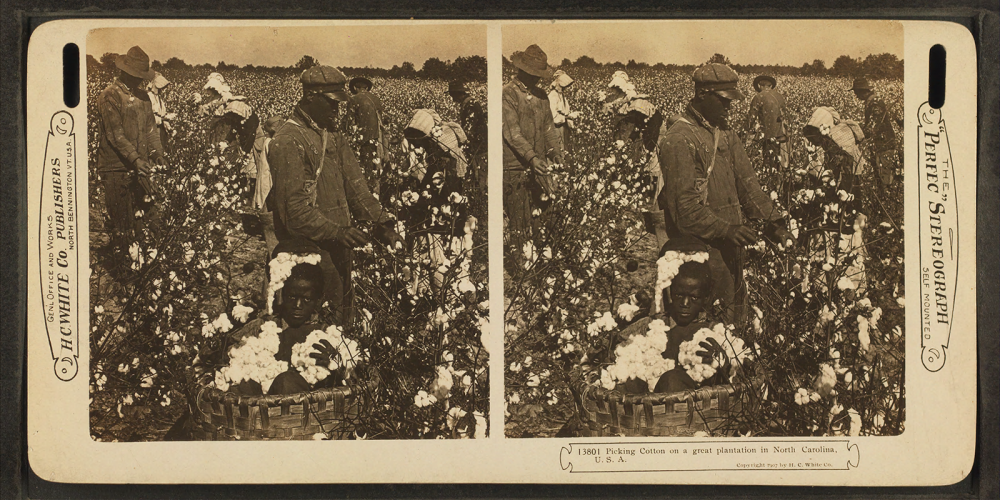
Although many slaves perished under the regime, cotton plantations represented extraordinarily profitable enterprises. By 1860, about 70 percent of southern slaves worked on cotton plantations. The ever-escalating demand for cotton drove the price of slaves upward. In 1830, a young male field hand cost about $1,250 in New Orleans (about $30,000 in today’s dollars), but by 1860, the same slave cost an estimated $2,000 (about $42,000 today). The planters primarily responsible for this increased demand were usually self-made men who used business acumen, agricultural sense, and a bit of luck to succeed. Owning twenty or more slaves typically signified entry into the planter class, but one bad decision could force a planter to sell his or her assets, including slaves. These sales often disregarded marriages and separated children from their parents. Southern court records from across the black belt reflect the separation of slave families through public auctions.
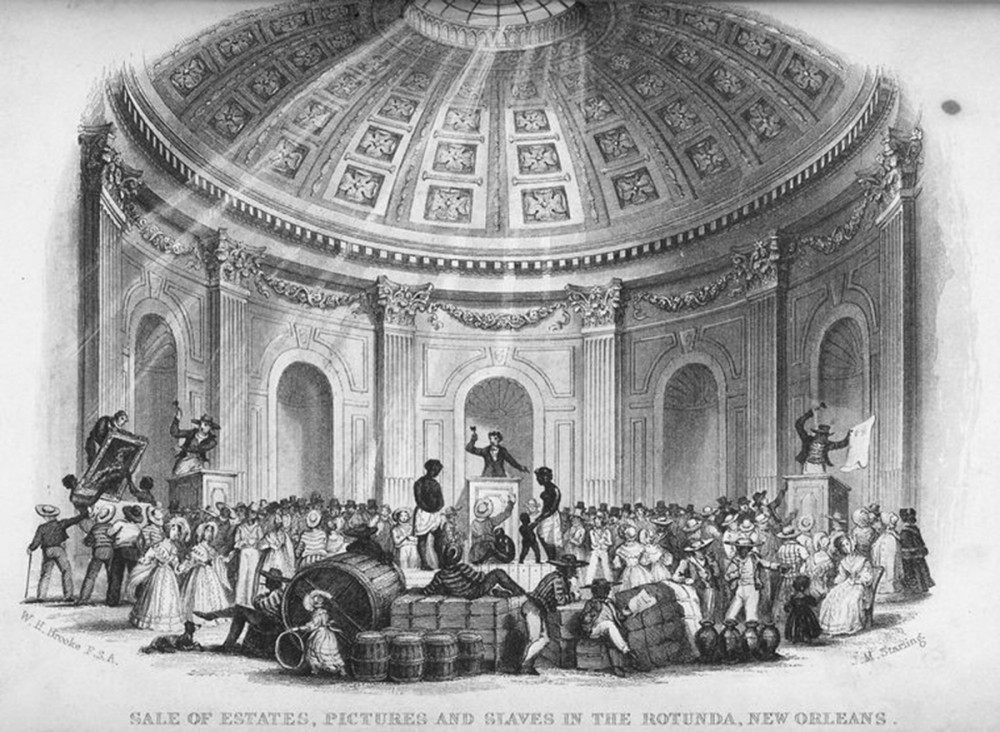
With the westward expansion of cotton culture in the lower South, the number of slaves required to labor on plantations in the region increased dramatically. Simultaneously, slaveholders in the upper South—which included Virginia and Maryland—were increasingly willing to supply slaves to meet the lower South’s new labor requirements as tobacco production slowed and the Nat Turner Rebellion left slaveholders fearful of large slave populations.The simplest definition for the interstate slave trade was the buying and selling of human beings. However, as the trade grew and became more sophisticated following the War of 1812, the emerging marketplace and growing infrastructure began to create a larger web of businesses. Slave markets constituted one of the key features of the trade. Cities like Washington D.C., Charleston, Richmond, and New Orleans each featured large, formal markets, although rural markets and estate and foreclosure sales also fueled the trade. Even as the traders packaged their slaves, as one historian describes, by “feeding them up, oiling their bodies, and dressing them in new clothes, they were forced to rely on the slaves to sell themselves, to act as they had been advertised to be.” In addition to procuring slaves, traders also acted as brokers and auctioneers. Slaves communicated with one another in the markets, passing information concerning upcoming sells, runaway attempts, and knowledge about different buyers.

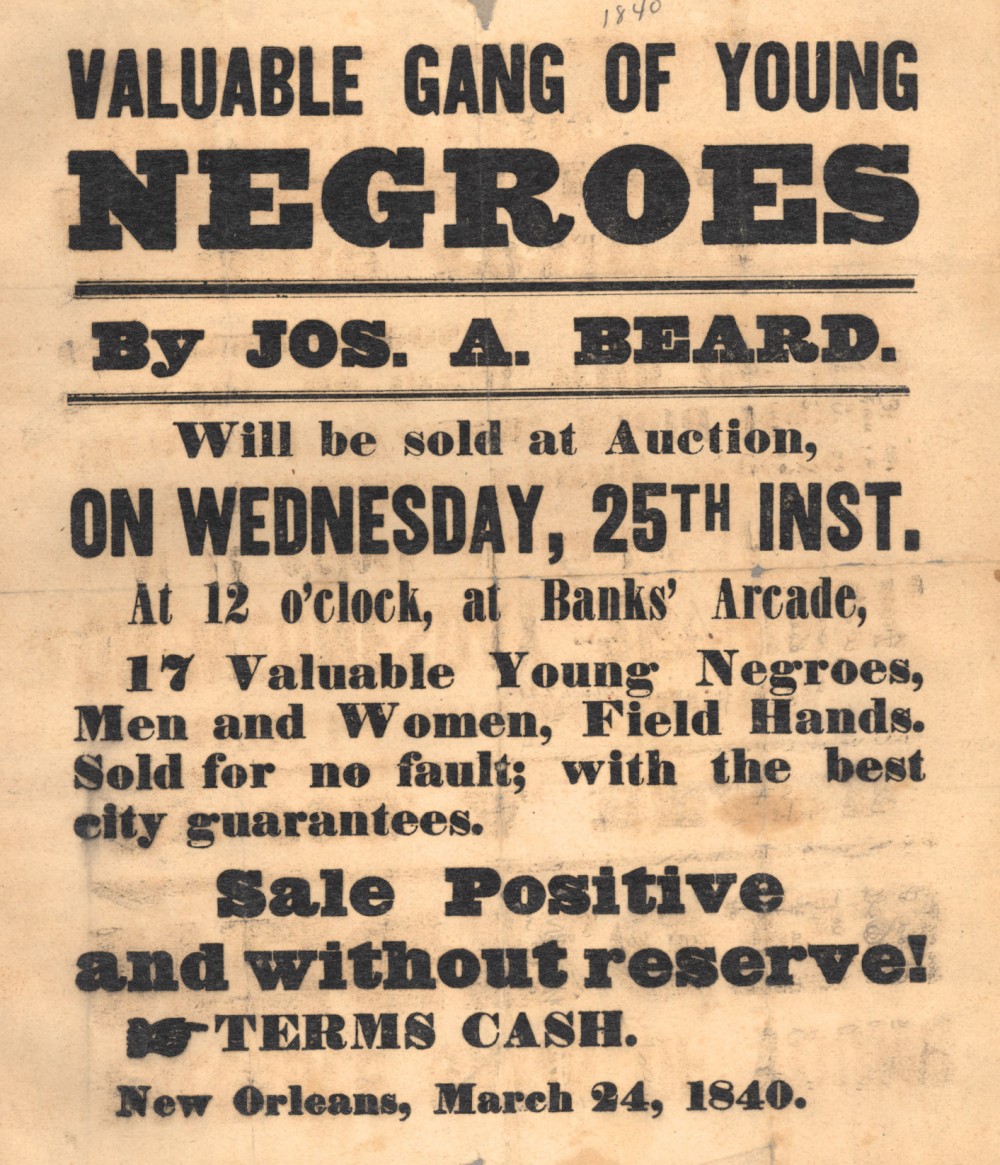
Abolitionists and even some southerners believed the domestic slave trade represented the most immoral qualities of the institution of slavery because it encouraged the destruction of the slave family. Itinerant, faceless slave traders represented the villains responsible for the trade and its evils, but the profitability of the trade provided a sufficient incentive for slaveholders to participate. Between 1820 and 1860, the trade facilitated $10.8 billion in annual sales. By the 1830s, pro-slavery advocates attempted to morally justify the trade by claiming that buyers protected the social order by purchasing slaves, who otherwise would not be able to take care of themselves. By the 1850s and 60s, however, southerners were plagued by numerous attacks from abolitionists and the publication of stories of slaves, like Anna in Richmond who chose to jump from the roof instead of being sold back into slavery, thus making it increasingly difficult to defend the slave trade.
Slavery in the Old South was not simply a matter of white masters and black slaves. Despite attempts by white settlers to ignore or exile indigenous peoples in the region, Native Americans remained an important component of southern society, and several Native American societies also included forms of slavery. Captivity served as a wartime tradition that facilitated trade for many southern Indians. By the antebellum period, however, members of the so-called Five Civilized Tribes (Cherokee, Choctaw, Chickasaw, Creek, and Seminole) selectively blended certain aspects of Euro-American racial slavery and transitioned from slave trading to slaveholding. For example, Robert M. Jones, a Choctaw man, owned at least six plantations covering thousands of acres, 300-500 slaves, twenty-eight stores, a fleet of steamships, and elaborate mansions. Most of his wealth stemmed from both the buying and selling of black slaves and the use of their labor on his plantations.
Forced Indian Removal in the 1830s accelerated slaveholding in Indian Nations. Choctaw Indians Mushulatubbee and Peter Pitchlynn, for instance, invested heavily in slaves immediately before removal because they knew slaves would be useful in rebuilding homes and farms in Indian Territory. These slaves made the journey on the “Trail of Tears” the same way other slaves traveled the “Second Middle Passage.” The treatment of slaves varied greatly both within and between tribes. Some slaves lived as free as their masters, but others lived and labored under the same brutal conditions found on many American plantations. Slaves belonging to the Five Tribes shared many of the cultural values of African American slaves. For instance, two Choctaw slaves named Wallace Willis and Aunt Minerva are credited with writing the famous slave songs, “Swing Lo, Sweet Chariot” and “Steal Away to Jesus.” Songs like these demonstrate the beauty and power of cultures forged in the trauma of slavery.

